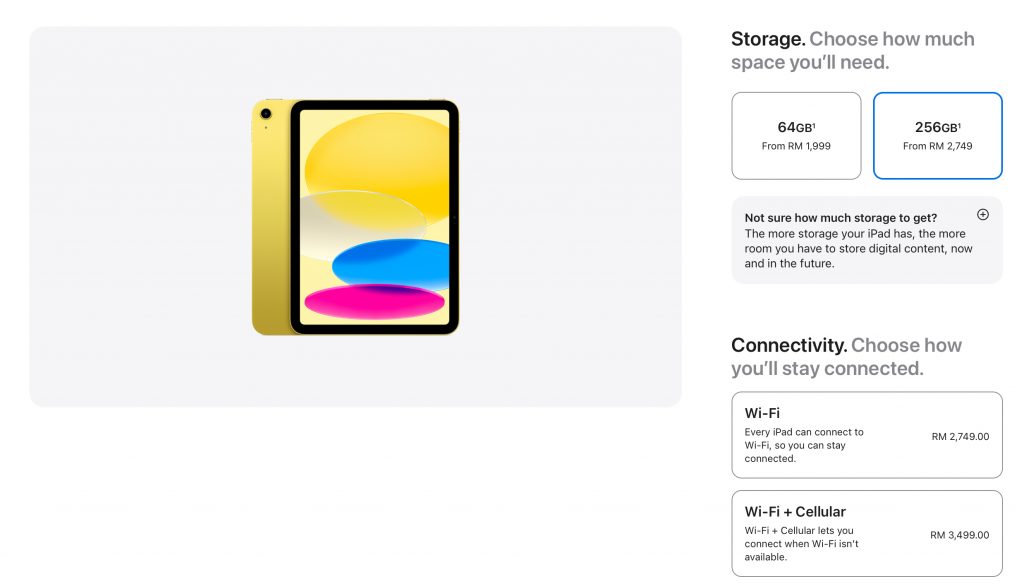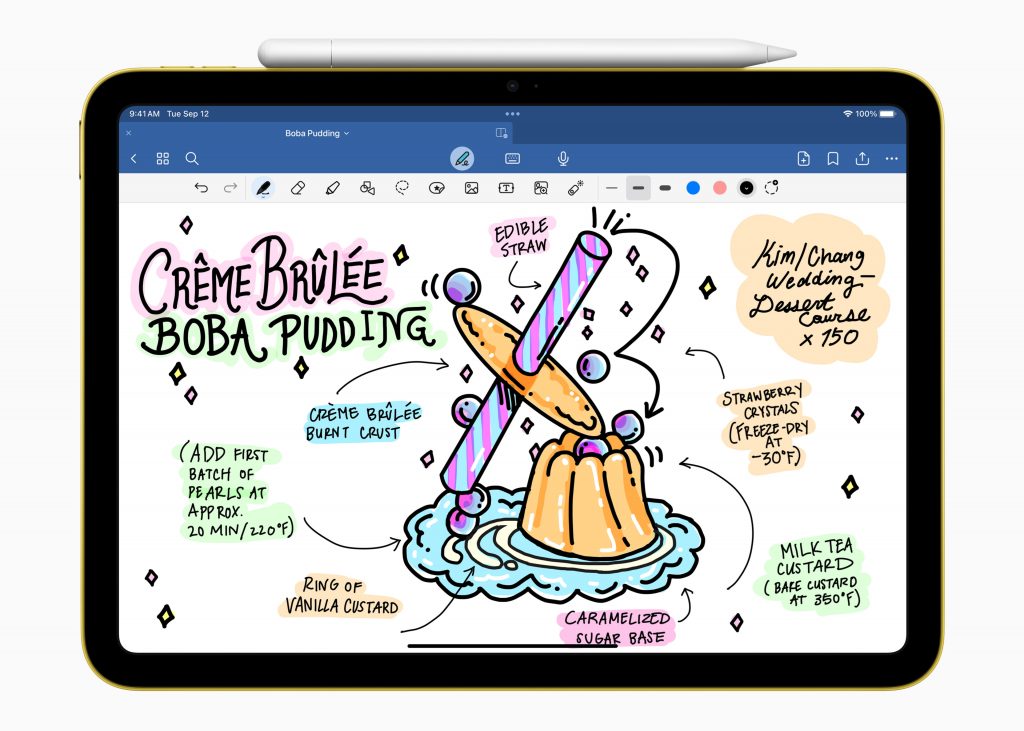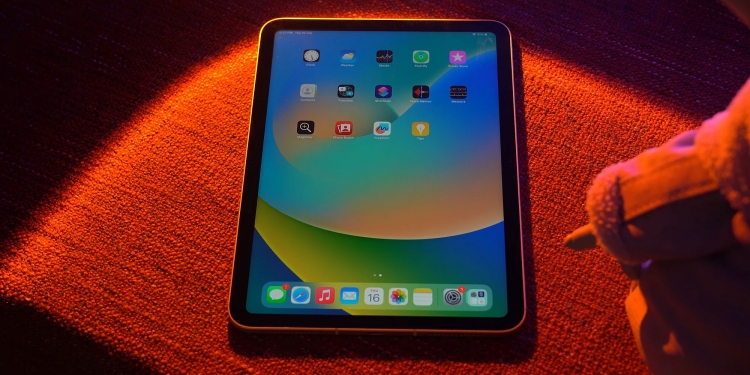In addition to releasing the new USB-C Apple Pencil, Apple has also quietly dropped the price of the tenth-generation iPad by RM100 across the lineup. The cheapest full-screen iPad with a USB-C port now starts just under RM2,000, making it slightly more palatable choice for those looking for an affordable tablet.
As before, the iPad is available either with WiFi only or with 5G cellular connectivity and with either 64GB or 256GB of storage. The full price list is as follows:
- iPad (10th generation), WiFi, 64GB – RM1,999
- iPad (10th generation), WiFi, 256GB – RM2,749
- iPad (10th generation), WiFi + Cellular, 64GB – RM2,749
- iPad (10th generation), WiFi + Cellular, 256GB – RM3,499

This means the tenth-gen iPad is now within RM400 of the old-style ninth-gen model, which is still on sale priced from RM1,599. At the top end, the 256GB model is now RM150 cheaper (instead of just RM50) than the iPad Air, which is vastly more powerful—thanks to the M1 chip—but has a lower amount of storage at 64GB.
Other than the lower price, the iPad is unchanged, meaning it continues to use a similar design to the iPad Air. It has the same full-screen 10.9-inch Liquid Retina LCD display (minus full-array backlighting and anti-reflective coating) and the combined power button/Touch ID sensor at the top.

The device is powered by the A14 Bionic chip from the iPhone 12, while at the back you’ll find a single 12MP camera that can shoot 4K videos. The biggest benefit of going for the base iPad is the inclusion of a landscape-oriented front camera (also a 12MP unit) on the long side for the first time—a more natural placement for video calls. This has unfortunately resulted in the jettisoning of a magnet on that side, so you can’t use a second-gen Apple Pencil.
Speaking of which, you can purchase a new Apple Pencil that appears to be specially made for the tenth-gen iPad. It features a USB-C port hidden underneath a slide-up cap at the top (no more Lightning-to-USB-C dongle!), and it can be magnetically attached to a new-style iPad mini, iPad Air and iPad Pro. Unfortunately, it doesn’t charge magnetically, and it also loses out on pressure sensitivity, so it’s not the best tool for artists.








